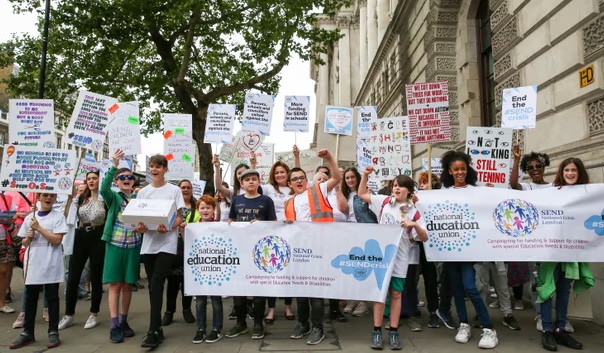At Winchester college, the alma mater of Rishi Sunak, students can take classes in wood carving and sculpture, perform on a proscenium stage at the school’s 240-seat theatre, or make use of the 2,000 books in its art library. The story is very different at state schools, which have seen a steep reduction in arts provision over the last decade.
“The moment that convinced me to go on strike was when my school lost its specialist art teacher,” one striking teacher wrote in this newspaper last week. “Activities such as art [and] music … are the highlight of the week for a lot of pupils, but they’re the first to go when resources are short.”
English state schools are facing a creativity crisis. Since 2010, enrolment in arts GCSEs has fallen by 40% and the number of arts teachers has fallen by 23%. This shift is most pronounced among state schools in deprived areas, where pupils are far less likely to sing in a choir or play in an orchestra. Meanwhile, private schools have invested substantial resources in art and music provision, according to research from Warwick University.
This depressing trend is part of a wider and self-reinforcing pattern. As fewer state students have the opportunity to engage with arts or music, fewer go on to study these subjects at A-level or university. The risk is that arts subjects will be restricted to a privileged few, shrinking the cultural horizons of everyone but the elite.


